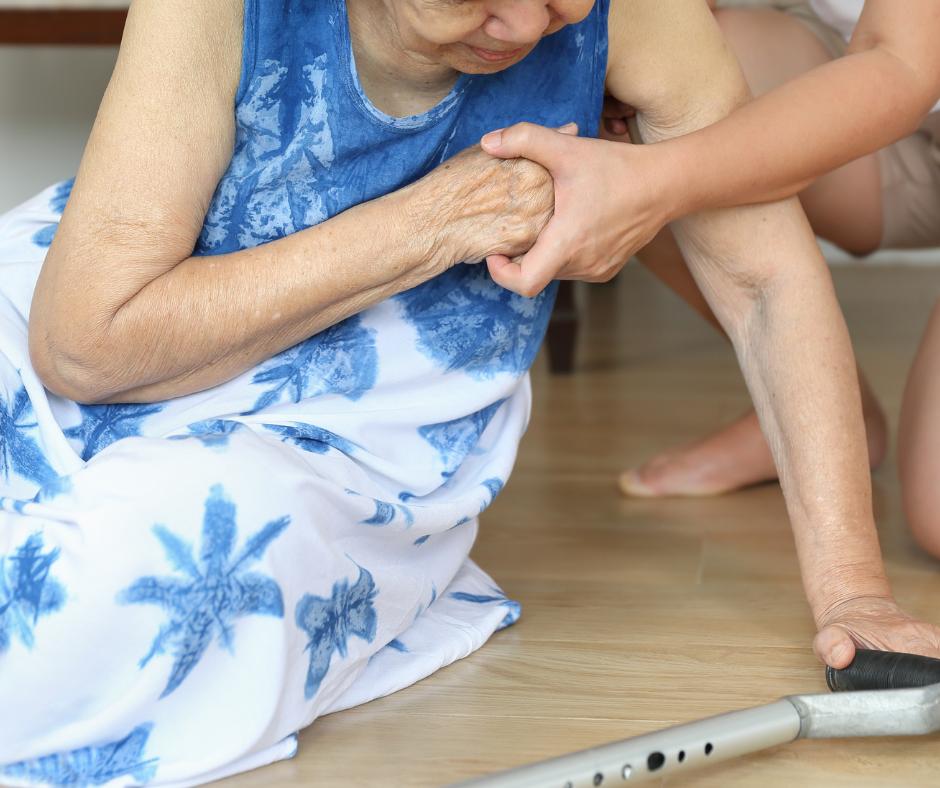SHARES

Jane aspires to be a model when she grows up. As she flips through the latest fashion magazine, she cannot help but to think to herself, “If only I have a curvy figure like these beautiful ladies,” while counting down to the days for her to be old enough to be under the knife for her major transformation…
“So what does breast augmentation involve, is there more to be aware of?” thoughts went quickly through Jane’s mind as she comes closer to making a decision on proceeding with breast augmentation.
Women opt for this procedure for cosmetic reasons to make their breasts fuller and more shapely. For some women, it is an option for reconstructive purpose after breast surgery. However, FDA requires women to be older than age 18 for saline implants and age 22 for silicone implants for breast augmentation. This is because he breast would continue to develop until late teens or early 20’s.
It is best that an experienced surgeon perform the surgery. It is painless procedure under general anaesthesia, usually taking less than 2 hours. The type of implant and extent of enlargement will determine where the surgeon will make the incision, either under the breast, under the arms or around the nipples. The surgeon will place the implant into a pocket above or below the chest muscle. After closing the cuts with sutures or surgical tape, the surgeon will cover the breast with gauze.
Special care instructions would be necessary to encourage wound healing. For example, avoid strenuous activities for up to six weeks. Besides that, the recommendation is to use a surgical bra as healing takes place. Meanwhile, pain relievers may be helpful in managing pain and discomfort. It may be normal to observe swelling over the area where the surgery was done. Regardless, do consult a doctor immediately if these symptoms appear: signs of infection (fever, warmth or redness over breast area), chest pains, unusual heartbeat or shortness of breath.
Maintenance for Implants in Breast Augmentation
Fun fact: Breast implants were not designed to last a lifetime, sadly.
Implants that are commonly available in the market include saline implants and silicone implants. Although these implants may last 10 to 20 years, one in five individuals removed or replaced their implants within eight to 10 years. Replacement is necessary when there are complications, or if there are changes in the size and shape of breasts.
Furthermore, these implants may rupture and leak. Hence, the requirement is a MRI scan every three years to check for rupture, especially for women who received silicone implants. The contents of a ruptured saline implant would be safely absorbed by the body, but it leads to deflated breasts. On the other hand, silicone implants do not cause obvious symptoms when they rupture. The thicker consistency of the silicone gel allows it to leak slowly, but the gel itself is not absorbed by the body. Hence, a ruptured silicone implant is dubbed a “silent rupture”.
Short-term Complications & Long-term Risks
Breast augmentation enhances curves and improves confidence. Nevertheless, pursuing beauty sometimes comes with a price, due to issues associated with it:
Local complications
Infections, chronic breast pain, breast or nipple numbness, capsular contracture and necrosis (skin death) may occur. Sometimes, removal of the implant becomes necessary to correct the condition resulting from these complication.
Breastfeeding issues
A study reported that women who went through breast surgery are at least three times as likely to have an inadequate milk supply. More research is necessary to determine whether chemicals from the implant enter breast milk. However, another study concluded that offsprings born and breastfed after mothers had silicone implants, are found with higher blood levels of platinum than their siblings born prior to implants.
Memory loss and difficulty concentrating
Research studies report a significant increase in neurological symptoms occurred in women who had silicone implants for two years, relative to their symptoms just before receiving implants. Some experts suggested that the platinum content in silicone implants may be contributory to these neurological symptoms, as tests show blood and urine of these women had potentially toxic levels.
Delayed breast cancer diagnosis
Implants can interfere with the result of mammography. It was estimated that half of the breast tumours remain undetected among women with implants. Besides that, the accuracy of mammogram decreases with bigger implants. Moreover, some may forego mammogram due to fear of implant rupture during check-up. These factors leave women vulnerable to late breast cancer diagnosis, which renders them requiring more aggressive treatment.
Breast implant associated lymphoma (BIA-ALCL)
This condition is a type of non-Hodgkin’s lymphoma (cancer of the immune system). BIA-ALCL is common in the scar tissue and fluid near the implant. Research reports show that BIA-ALCL affect 1 in 1000 Australian women. The main symptoms include persistent swelling and mass or pain near breast implant. When this happens, surgery to remove the implant and surrounding scar tissue is a successful treatment in most patients, although some may require chemotherapy and radiation therapy.
Conclusion
Breast implants allow women gain confidence whether for cosmetic or reconstructive reasons. Nonetheless, it is also a decision that calls for life-long commitment to monitor for ruptures and deal with complications that may arise associated with the implants.
Find an Aesthetic Doctor in Malaysia, on GetDoc
Find an Aesthetic Doctor in Singapore, on GetDoc
by Joanne Lee
Multipotentialite. Loves creating and seeing ideas come alive. View all articles by Joanne Lee.





